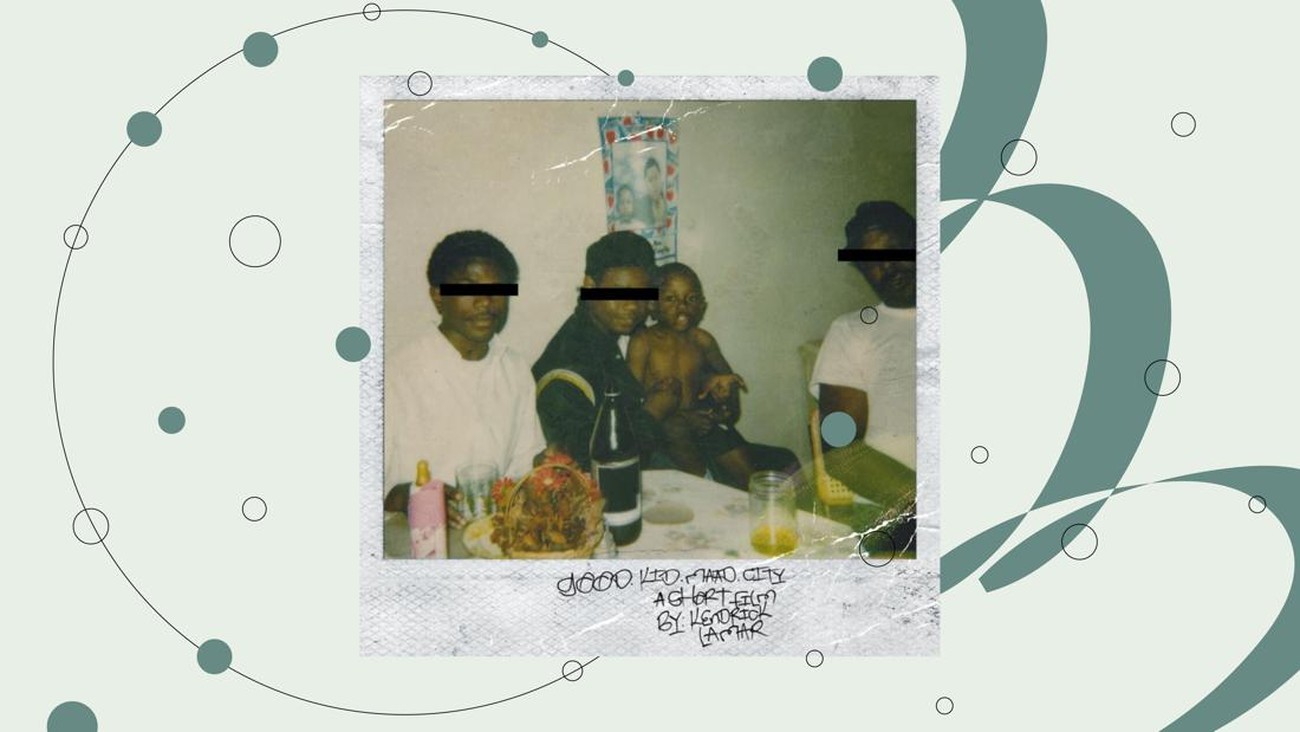Last Saturday marks the 10th year anniversary of Kendrick Lamar's breakout studio album, good kid, m.A.A.d city. The album has spent 10 straight years on Billboard 200, making it "the first hip-hop studio album in history to reach this milestone," according to Chart Data. Aside from the commercial, the album is also successful in all dimensions—it is culturally impactful, sonically innovative, and highly accessible to listen to. To say that good kid, m.A.A.d city is a game-changer may even be an understatement, as its influence can still be felt in a lot of Lamar's contemporaries today. While most of Lamar's albums can be endlessly debated as his best one, good kid, m.A.A.d city stood out as a career and era-defining milestone. The moment it dropped, the blogosphere was quick to label it an instant classic but 10 years later, the statement is proven to be true.
Labeled as a "short film" on the cover, good kid, m.A.A.d city indeed has the evocative quality of one. Set in Compton, the album illustrates the city's reality and trappings of gang conflicts. It tells the story of a day in the life of young Lamar and his friends through a non-linear narrative. The album started off with a flash-forward of a "boy-meets-girl" tale of Lamar and Sherane—which Lamar described as "Master Splinter's daughter". The nickname references the anthropomorphic rat sensei of the Teenage Mutant Ninja Turtles, implying the fact that Sherane herself is a "hood rat". Lamar's infatuation with her would in turn lead to numerous interconnected incidents. The narrative takes us through multiple twists and turns, which includes borrowing a van, robbing a house, going through general misadventures, and a breakneck maturation process. As the name suggests, the good kid narrator is caught up in the mad city's violent reality.
In "good kid", Lamar found himself in a conflict, hesitant to choose a side. "But what am I supposed to do when the topic is red or blue/And you understand that I ain't," he raps. Through the voices of friends and relatives, Lamar narrates how brief life can be in his corner of the world. Hope is a risky thing to have, as tomorrow is never promised. In what seems like a party anthem, "Swimming Pools (Drank)", Lamar instead takes an introspective view of alcoholism. Narratively, the song witnesses the death of Lamar's friend, Dave. The next track, "Sing About Me, I'm Dying of Thirst", details Dave's brother's appreciation for Lamar. "And I love you 'cause you love my brother like you did/Just promise me you'll tell this story when you make it big/And if I die before your album drop, I hope—", the monologue ends abruptly with the sound of gunshots, making a poignant statement once again on the fragility of life in a city like Compton.
While Lamar made it out alive through the whole ordeal, he's not the same person as he was before. By the time the album hits the song "Real", he was hit with the realization that everything he thought of as things to aspire to was not right. "'Real' is a reflection of what could have been. That's the start of me recognizing everything I was doing throughout that day, it wasn't real," said Lamar to Complex UK.
The album's narrative alone is substantial enough to make it the subject of a college English class, but the lush soundscape is equally as fascinating. Every element is calculated perfectly—its fluid beats, layered vocals, and ever-changing pitches—all of them are pieces of a puzzle that delivers the entirety of the story. As a whole, it signals pressure from Lamar's environment, his uncertainties, and ultimately, his conviction.
As much as the tale is harrowing, there seems to be no condemnation on Lamar's part. There seems to be moments of genuine nostalgia in good kid, m.A.A.d city, even through the grimiest parts. In all its heaviness, the album remains hopeful. As the closing track on the album symbolizes a new chapter in Lamar's life, good kid, m.A.A.d city remains a crucial chapter in the canon of Kendrick Lamar.
(alm/tim)


